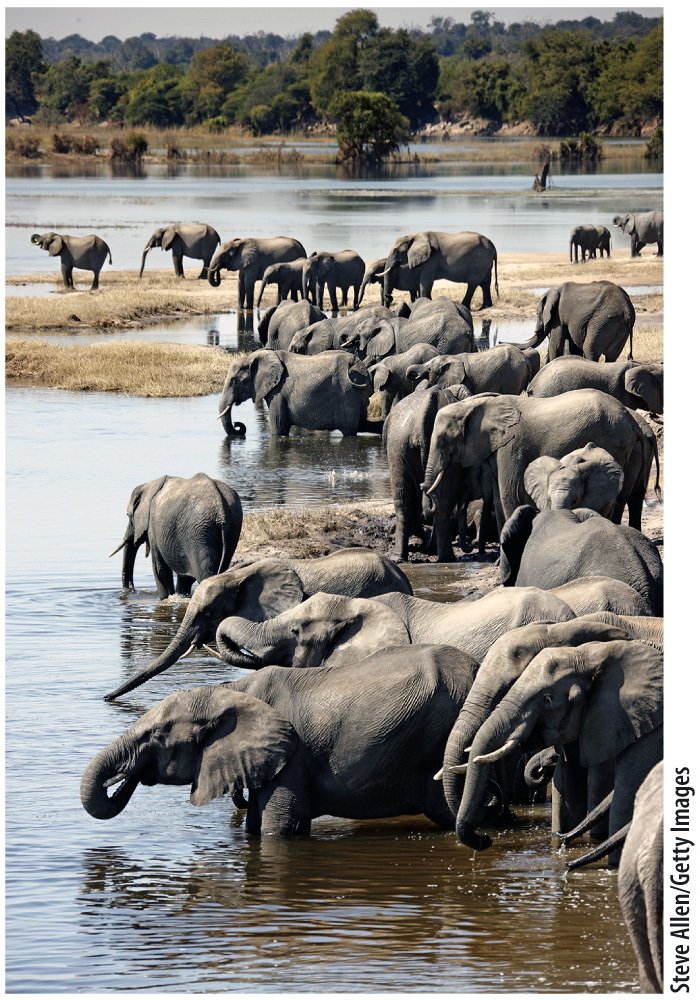Chapter 41 Introduction
CHAPTER 41
Animal Renal Systems
Water and Waste

In the 1960s, researchers at the University of Florida developed a new sports drink for players on the football team, the Gators. In addition to water and sugar, the drink contained electrolytes, ions such as sodium (Na+) and potassium (K+) that give the solution electrical properties. The researchers who came up with the formula for the drink reasoned that it was important to replace both water and electrolytes lost in sweat. The drink—
Water and electrolytes are two key substances that allow cells and organisms to maintain their size and shape, as well as to carry out essential functions. Life originated and diversified in a watery environment. Consequently, the chemical functions of cells and organisms crucially depend on the properties of water (Chapter 2) and the relative amounts of water and electrolytes inside a cell. In general, the internal environment of a cell, including the concentration of electrolytes, is maintained within a narrow window of conditions. The active maintenance of a stable internal environment in the face of a changing external environment is known as homeostasis (Chapter 5).
Animals must also maintain homeostasis in terms of the molecules produced by normal metabolic activity. Metabolism generates wastes that are not needed and, in many cases, can be toxic to the cell. These must be eliminated. In most organisms, the elimination of wastes is closely tied to the maintenance of water and electrolyte balance.
In this chapter, we explore the physiological and cellular mechanisms that underlie water and electrolyte balance, as well as waste elimination. We examine how animals meet the demands for water and electrolyte balance in different environments. We also consider how water and electrolyte balance is linked to waste elimination and explore the diversity of excretory organs animals have evolved to regulate these processes. The organization and function of mammalian excretory organs, the kidneys, is covered in the last section of the chapter.